
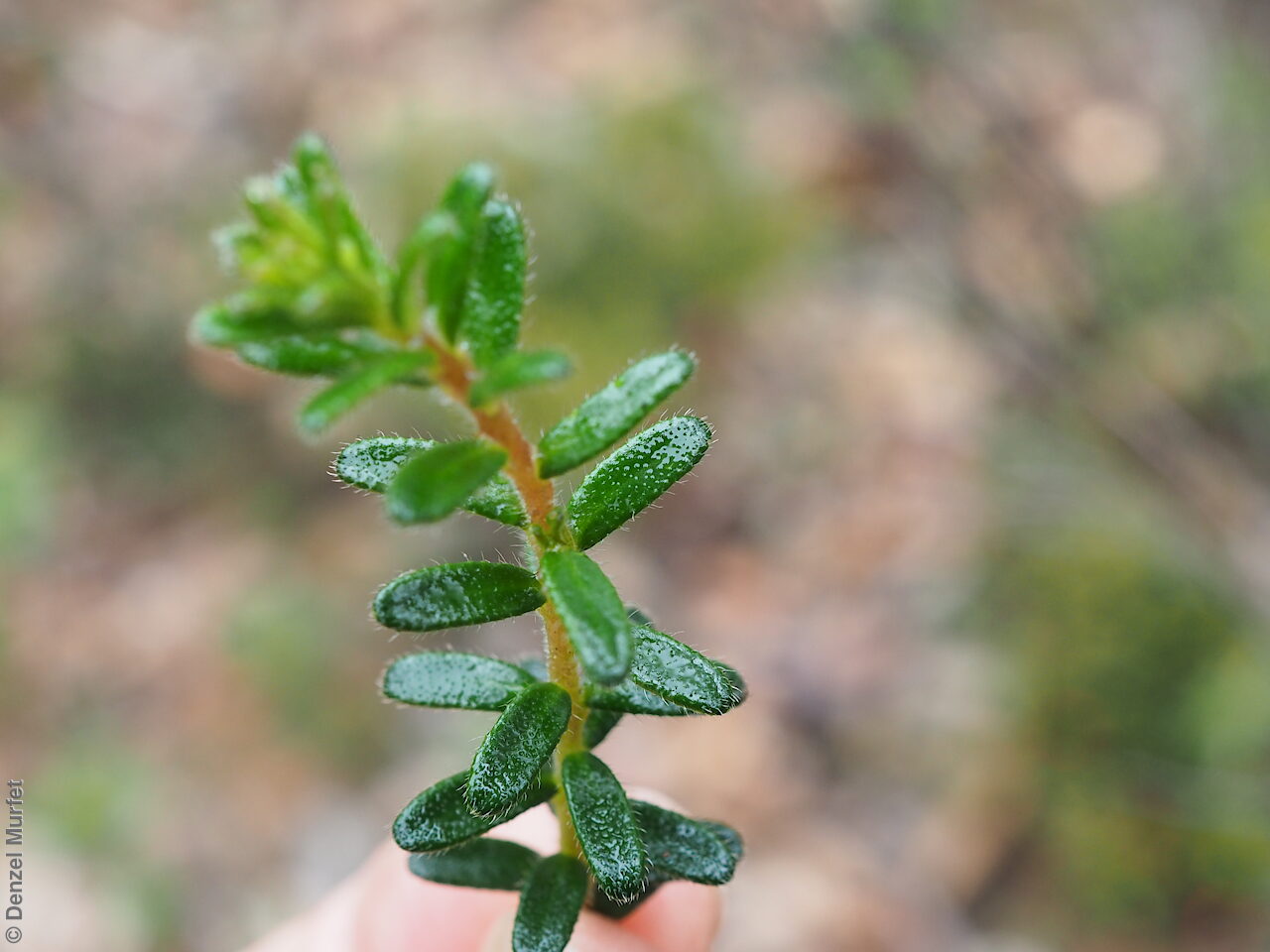
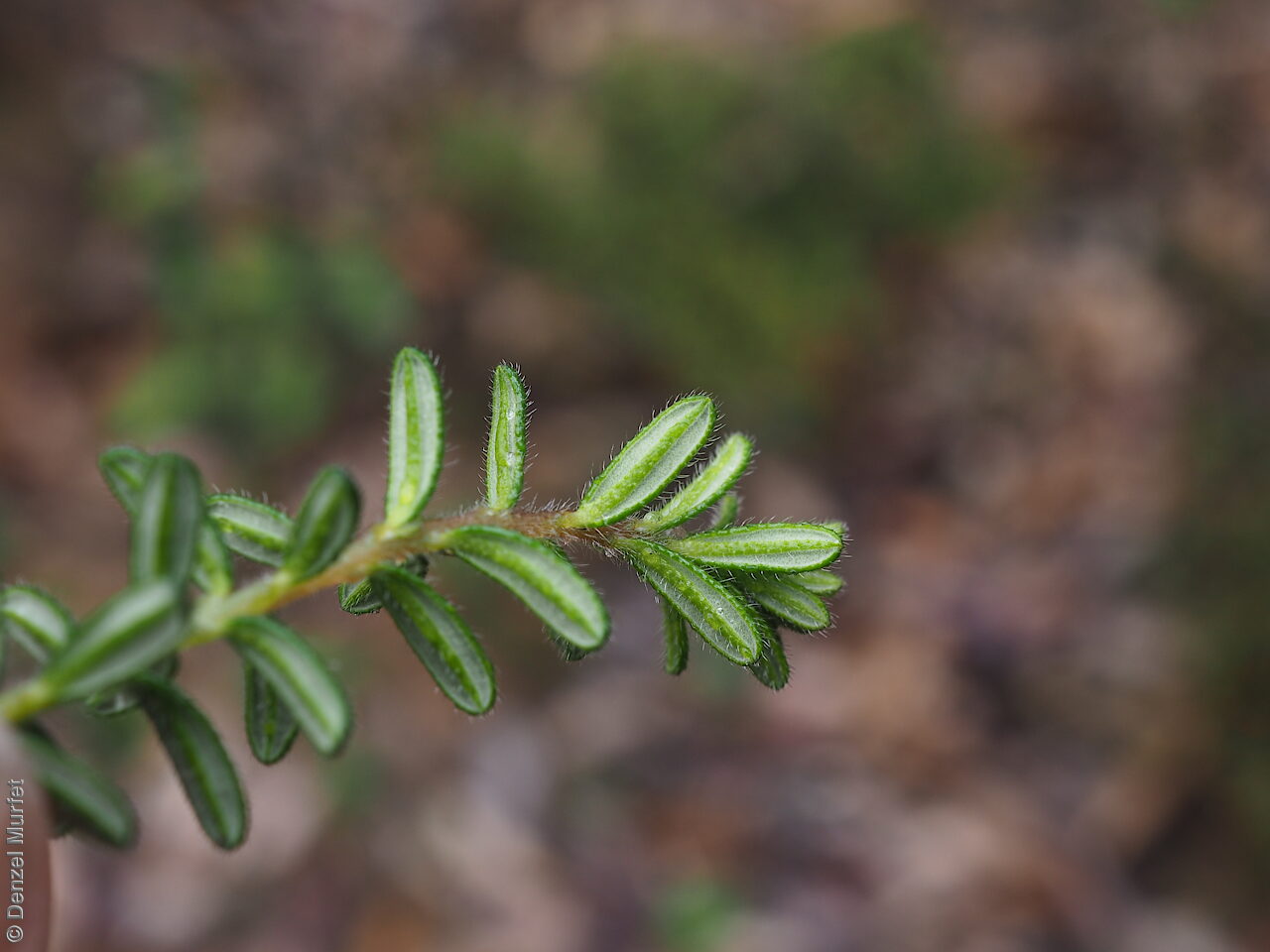



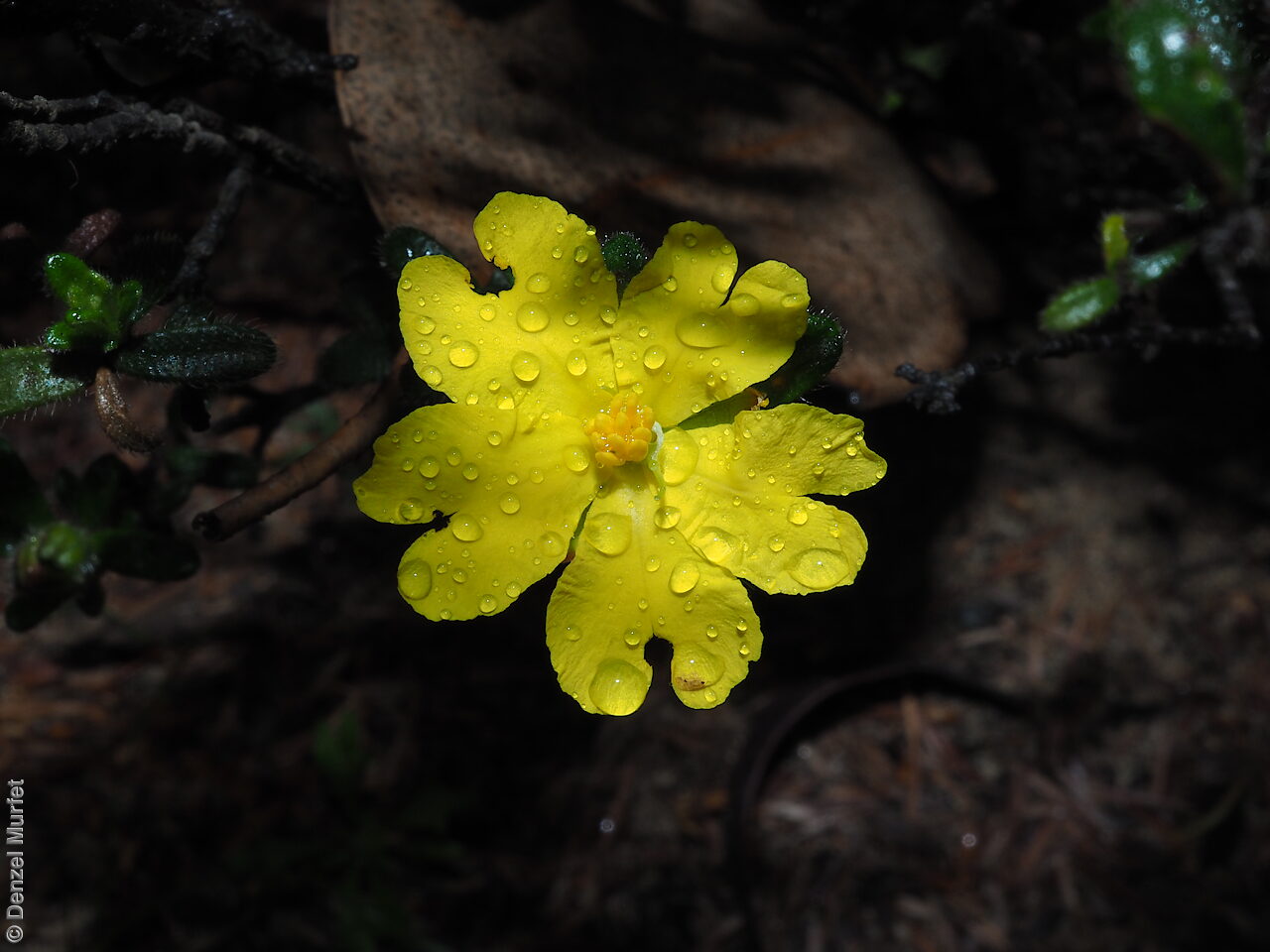

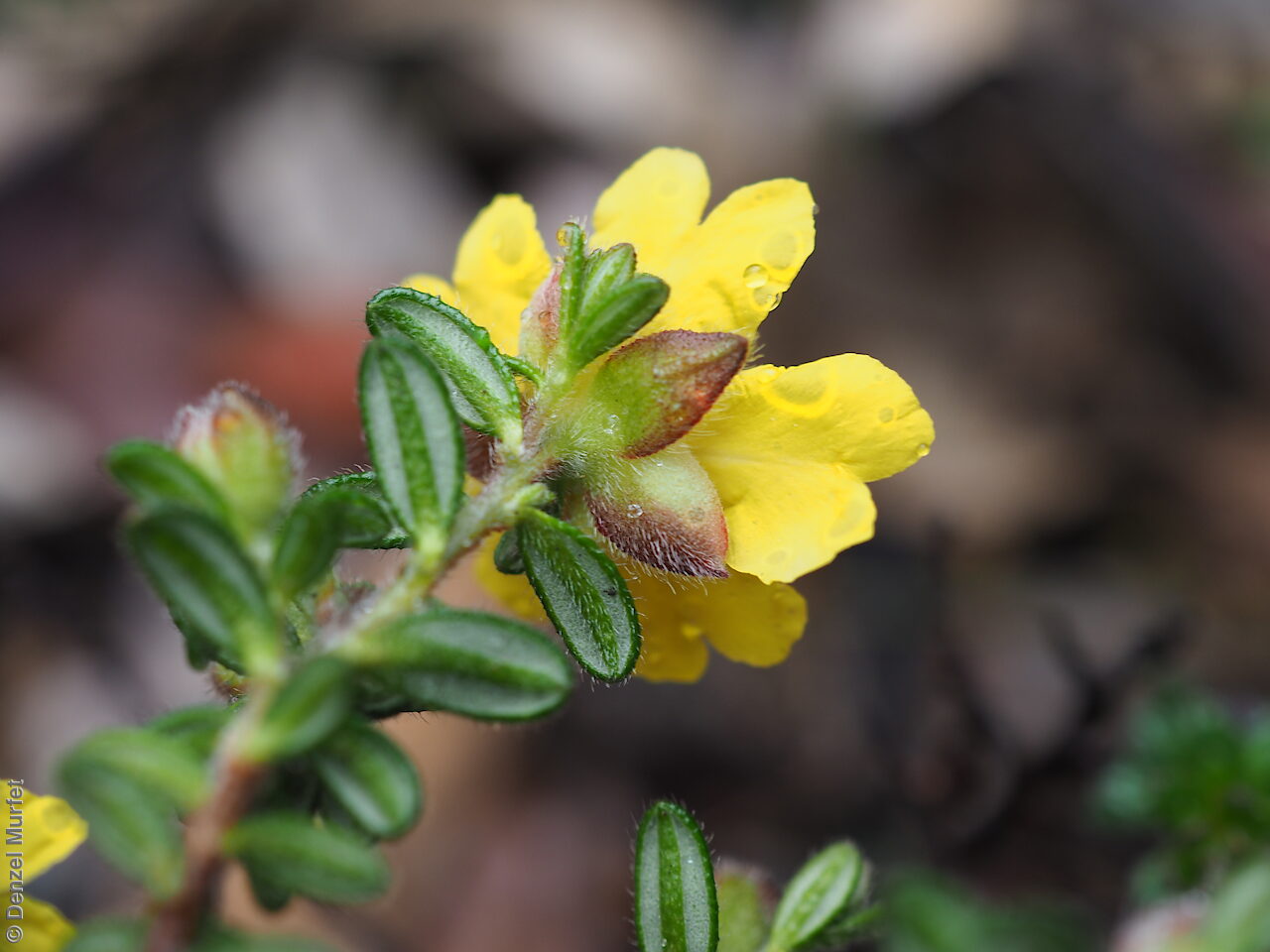
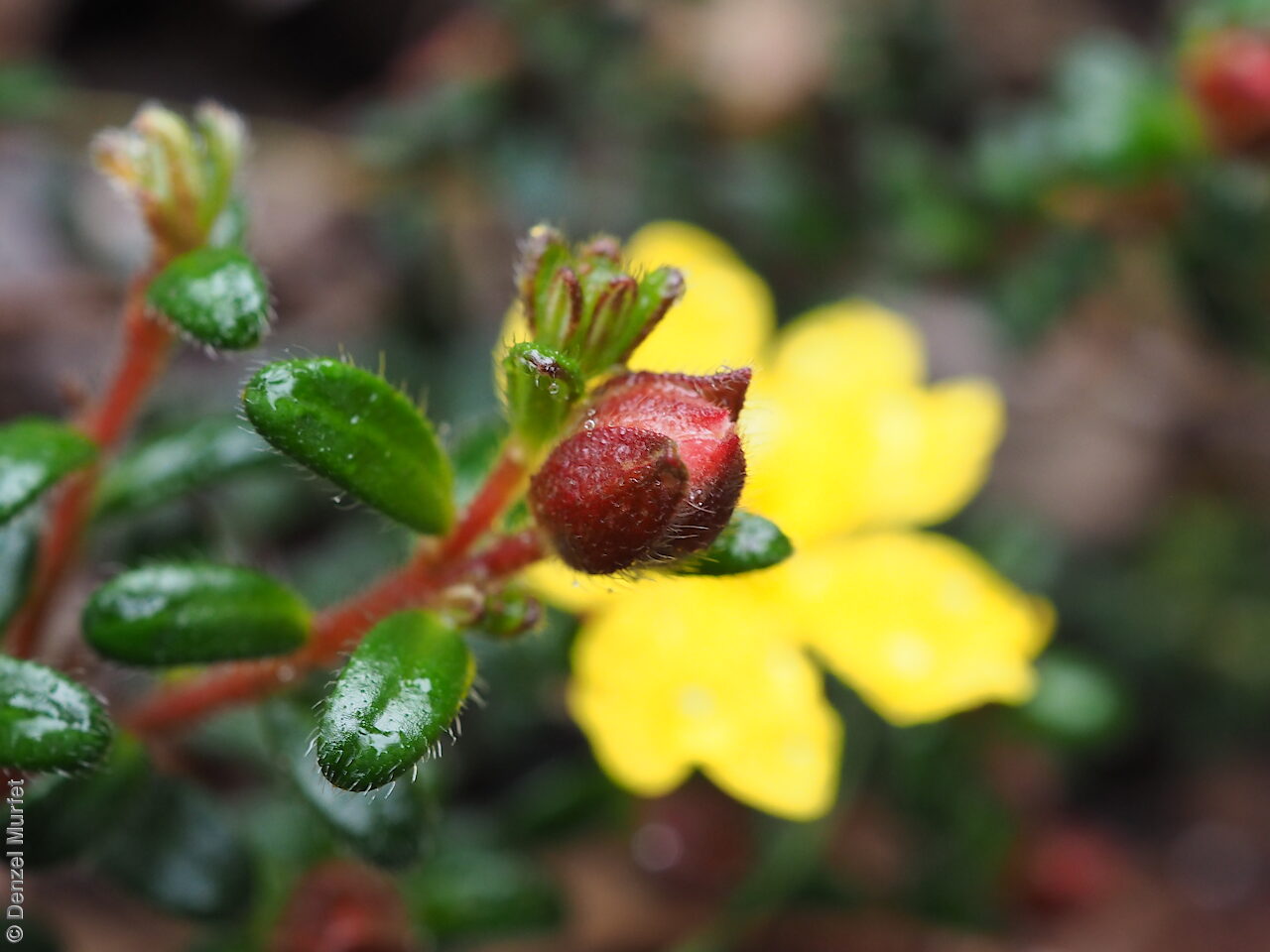
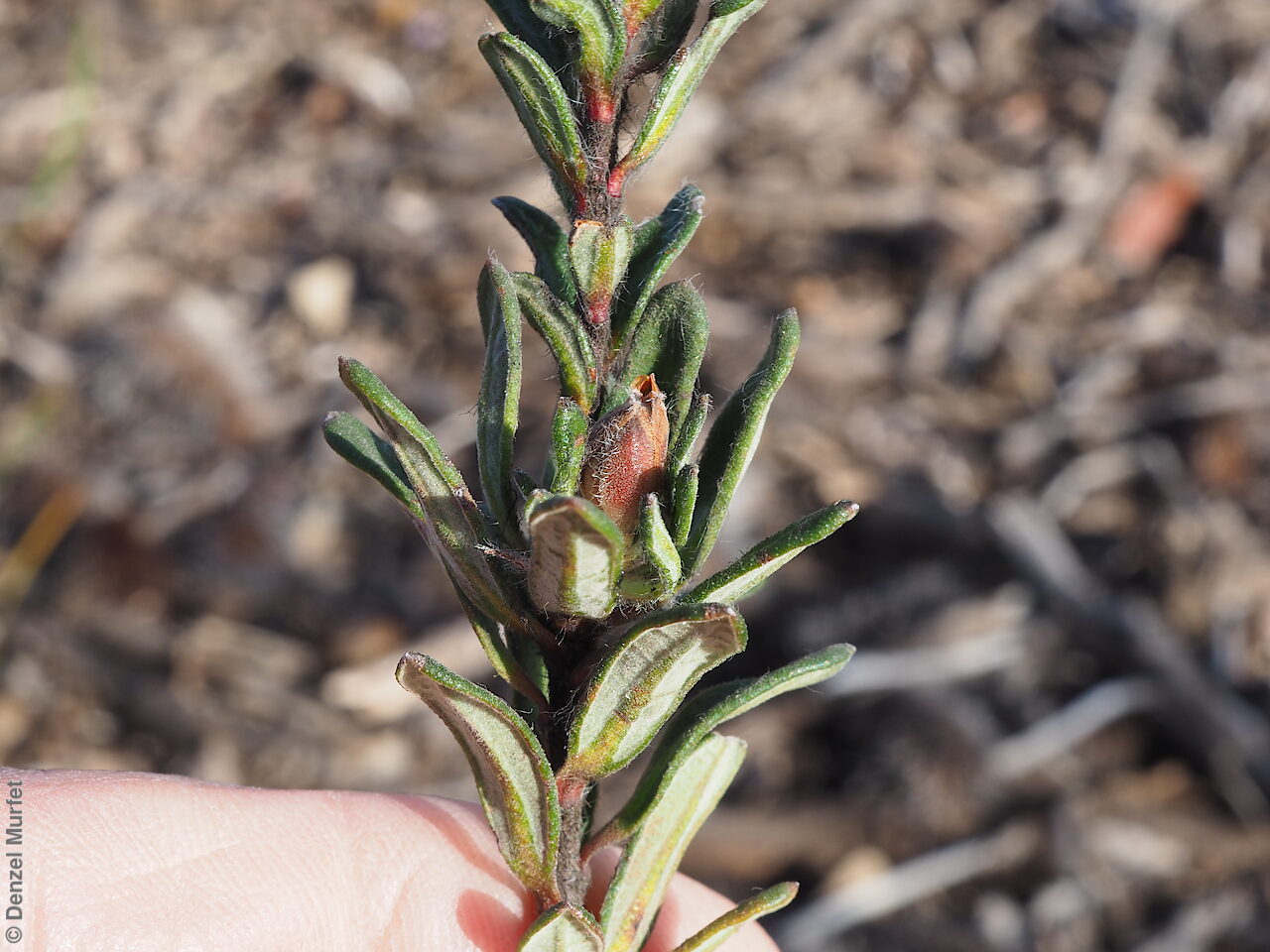

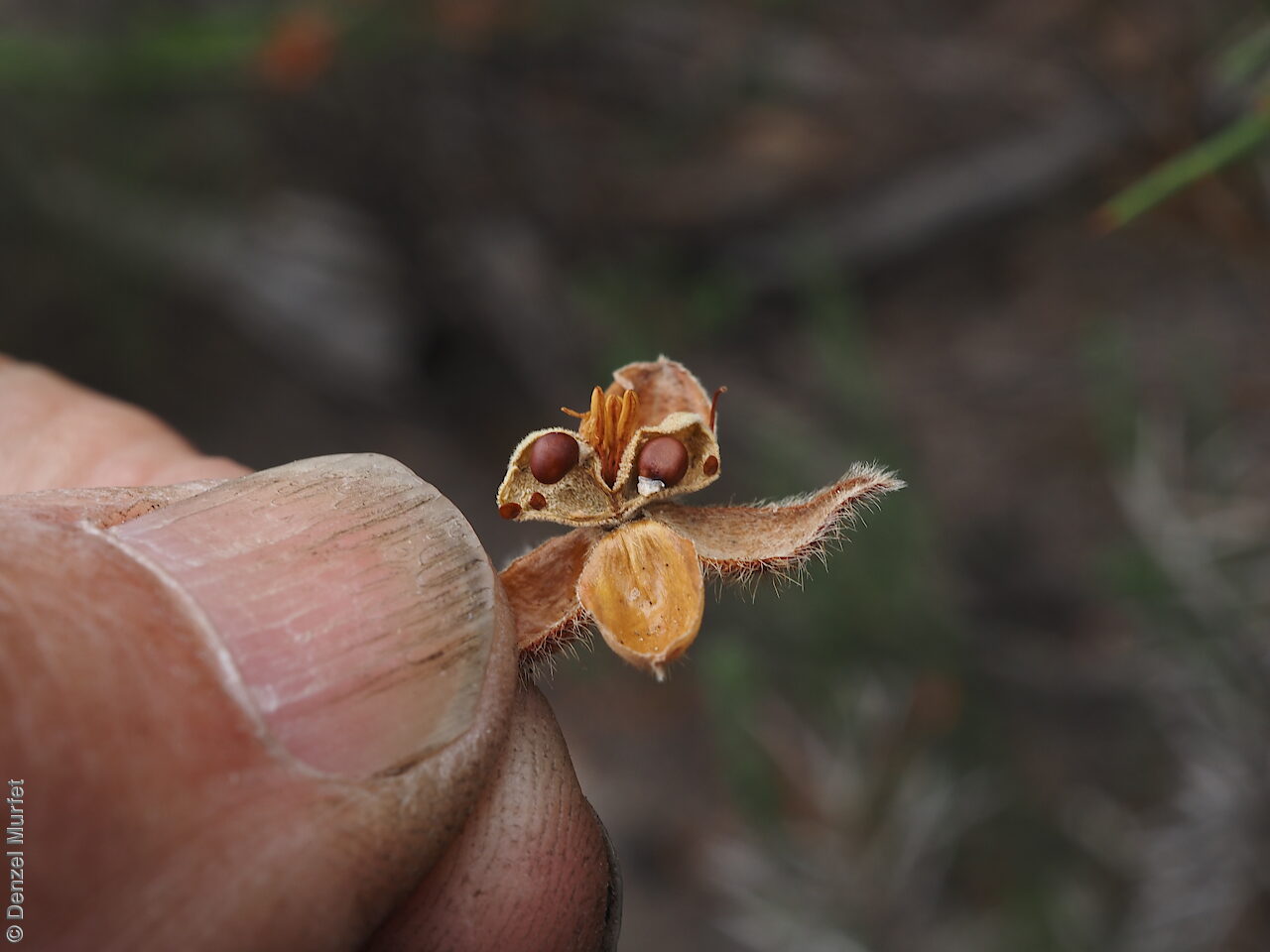
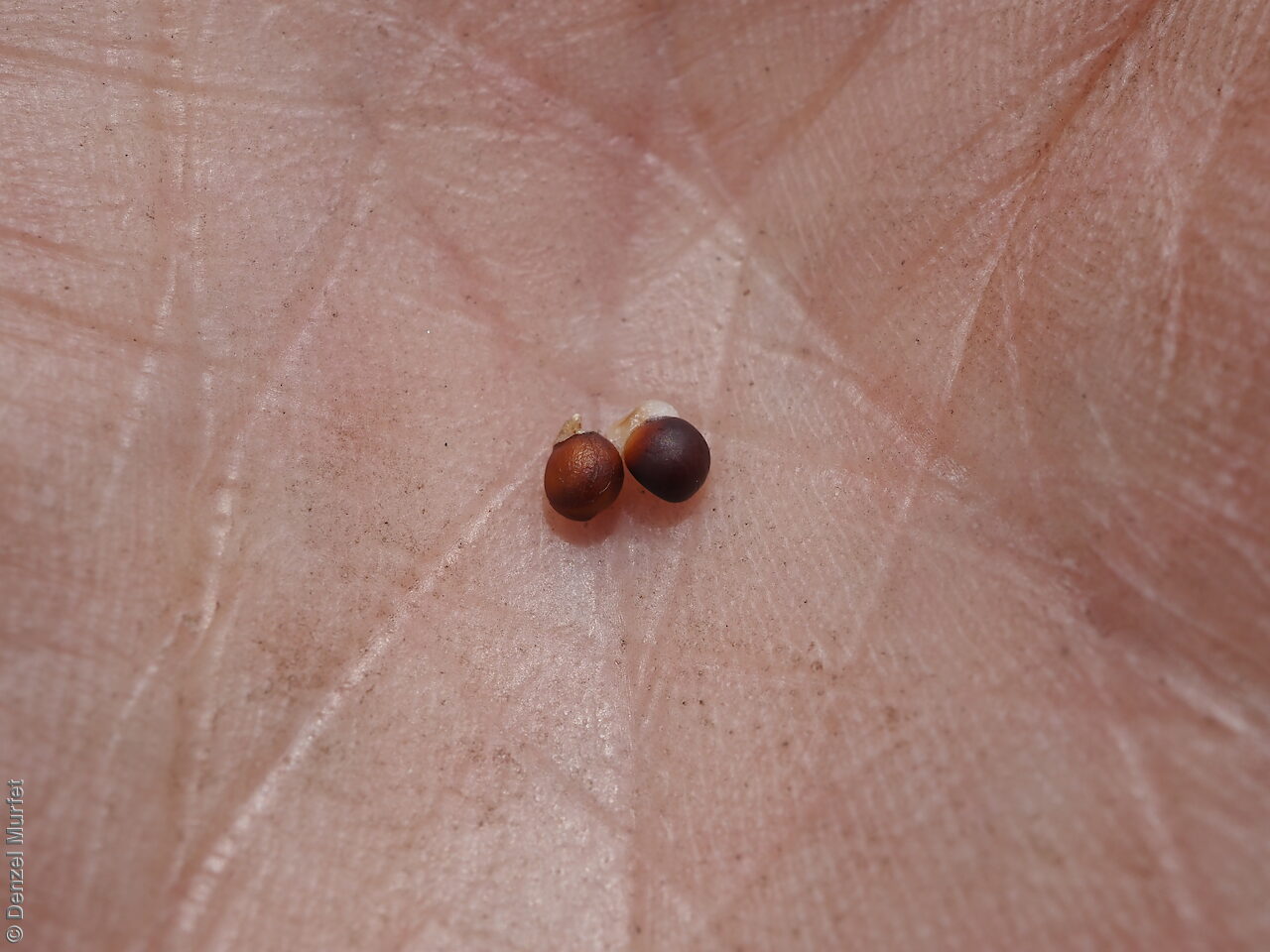
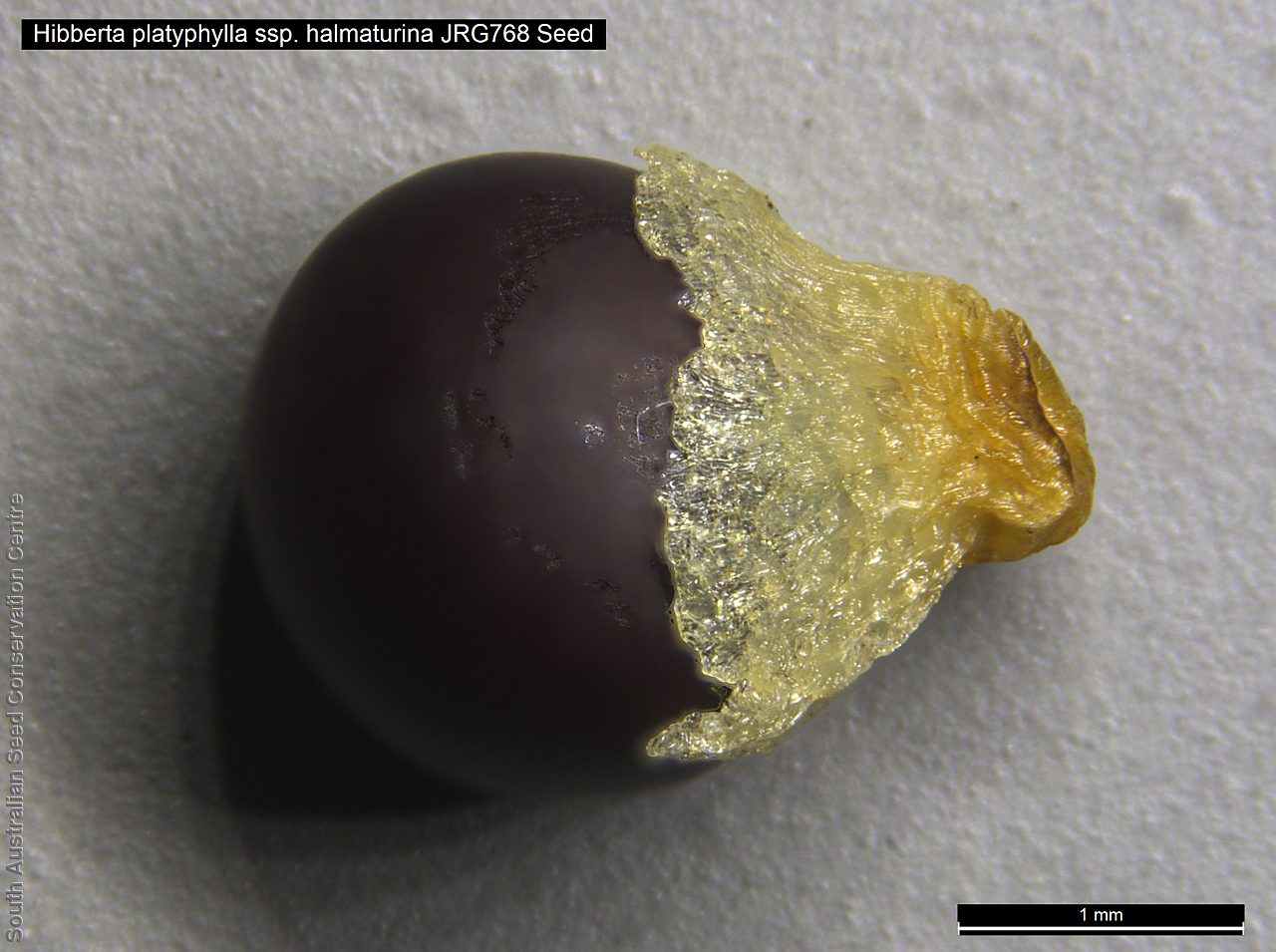
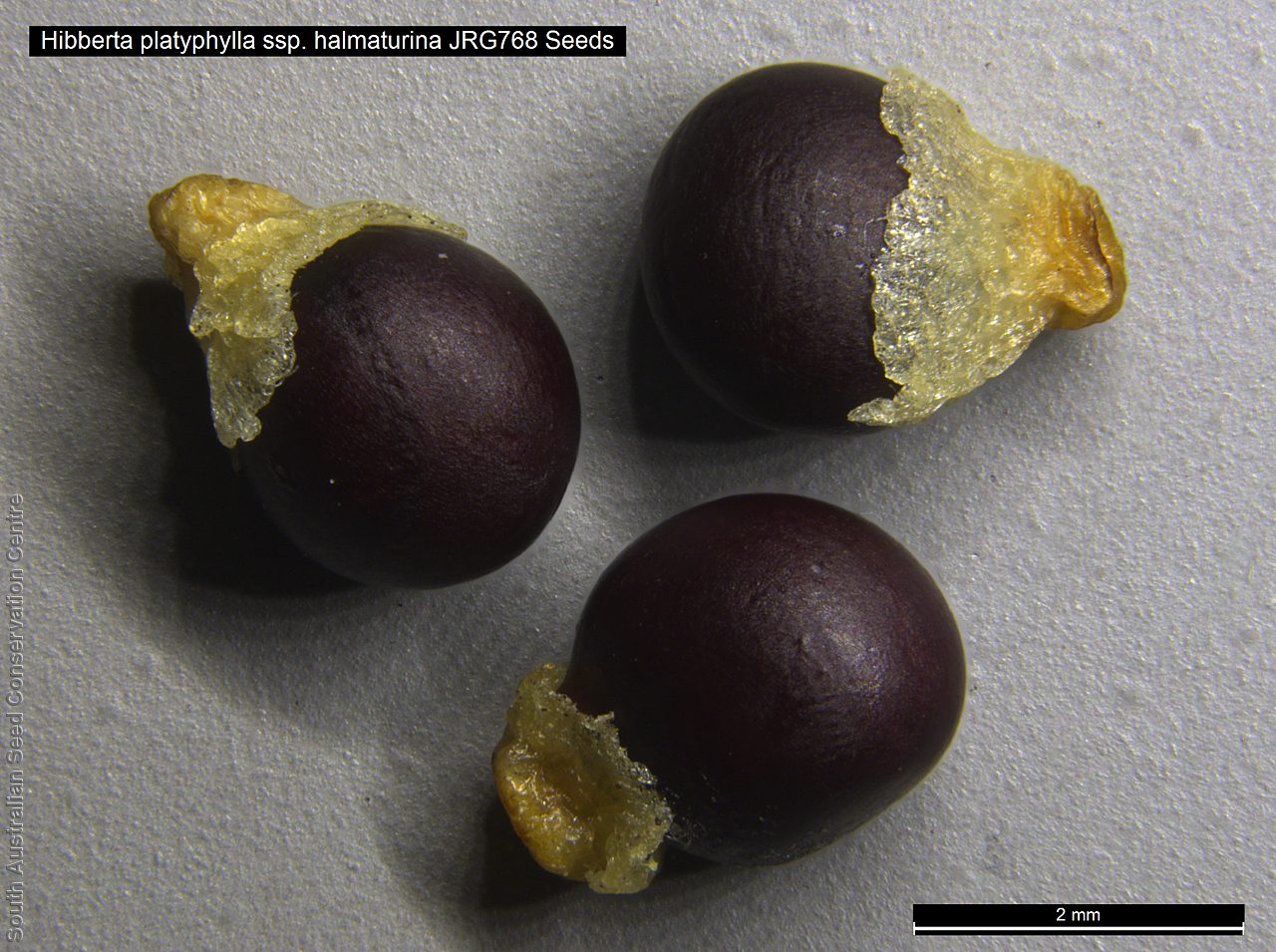
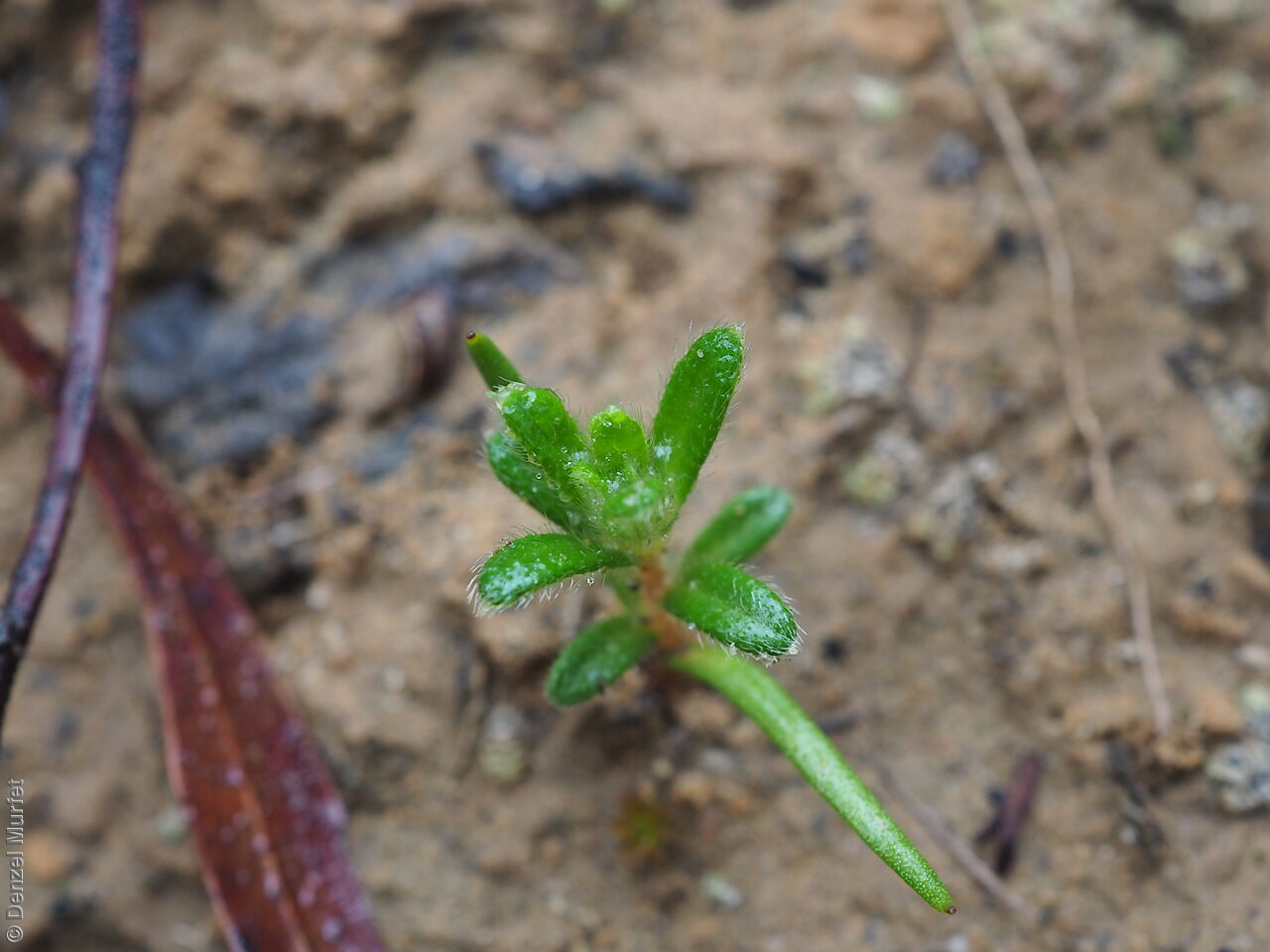
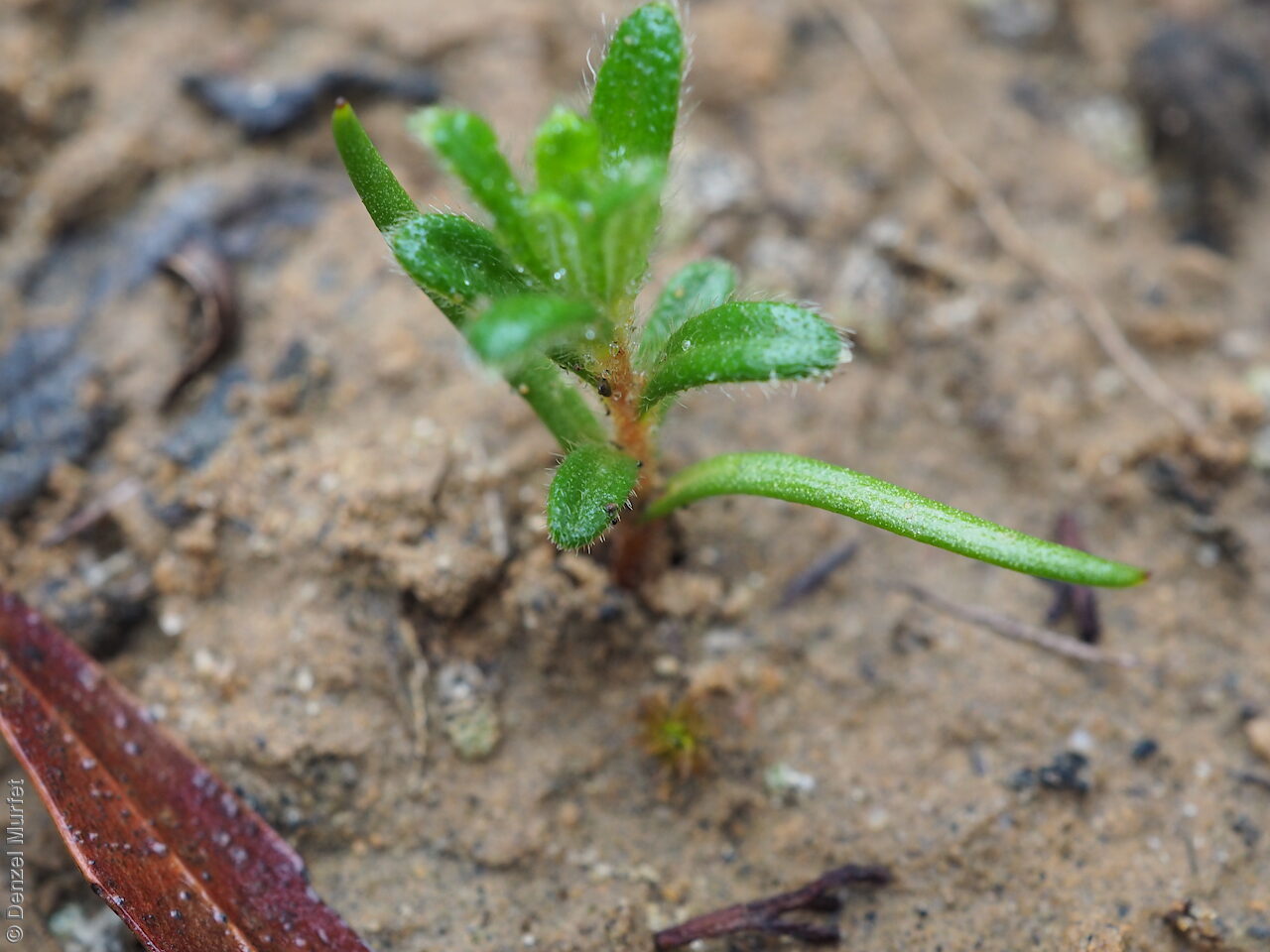


Botanical art
Prior names
Hibbertia sericea var. major, partly
Hibbertia sericea var. scabrifolia
Common names
Robust Guinea-flower
Large Guinea-flower
Etymology
Hibbertia, named after George Hibbert (1757-1837), a London merchant who maintained a private botanic garden at Chelsea. Platyphylla, from the Greek 'platys', meaning broad or flat and 'phyllon', meaning a leaves, referring to the species' relatively broad and flat leaves with more or less recessed central vein in contrast to H. stricta var. glabriuscula, with which it was often confused but which has the central vein raised above the revolute margins. Halmaturina from the Greek 'halma' meaning a leap and 'uora', a tail, alluding to kangaroos but referring to Kangaroo Island, where this subspecies is endemic.
Distribution and status
Endemic to South Australia and found only on the western part of Kangaroo Island, growing on laterite soil usually under mallee. Rare in South Australia.
Herbarium region: Kangaroo Island
NRM region: Kangaroo Island
AVH map: SA distribution map (external link)
Plant description
Shrubs with few stiffly erect stems and rigidly woody branches covered in simple hairs. Cauline leaves elliptic to elliptic-oblong to 11 mm long and 2.8 mm wide, with undersurface showing between the central ridge and revolute margins, more or less recurved along the whole length when old, with spreading simple hairs above. Flowers large, sessile and yellow in terminal axis. Flowering between August and December. Fruits are brown capsule with 2 carpels, puberulous, recurved with erect styles attached to the dorsal apex. Seeds are red to brown ovoid seed to 2.3 mm long and 1.5 mm wide.
Seed collection and propagation
Collect seeds between January and December. Collect mature capsules, those that are turning a pale straw colour and contain brown seeds. Place the capsules in a tray and leave to dry for one to two weeks. Then rub the capsules gently by hand to dislodge the seeds. Use a sieve to separate the unwanted material. Store the seeds with a desiccant such as dried silica beads or dry rice, in an air tight container in a cool and dry place. This genus tend to have low seed viability. This species has morphophysiological dormancy and can be difficult to germinate.
Fire response
Obligate re-seeder, no re-sprouting observed.
Longevity: >10 years
Time to flowering: 2 year
Recovery work
In 2020-2021 this species was assessed post-fire in 1 year old fire scars. A total of 2,000 seeds have been collected & banked for a population in the Ravine de Casoars region. Further populations will be assessed and seeds collected on Kangaroo Island in 2021–2022. Germination screening testing the response to fire cues will be undertaken in 2021.This project was supported by the Project Phoenix program.
| Location | No. of seeds (weight grams) | Number of plants | Date collected | Collection number Collection location | Date stored | % Viability | Storage temperature |
|---|---|---|---|---|---|---|---|
| BGA MSB | 1,000 (3.440 g) 1,000 (3.310 g) | 50+ | 16-Dec-2020 | JRG768 Kangaroo Island | 28-Jun-2021 | 64% | -18°C |
Number of plants: This is the number of plants from which the seeds were collected.
Collection location: The Herbarium of South Australia's region name.
% Viability: Percentage of filled healthy seeds determined by a cut test or x-ray.